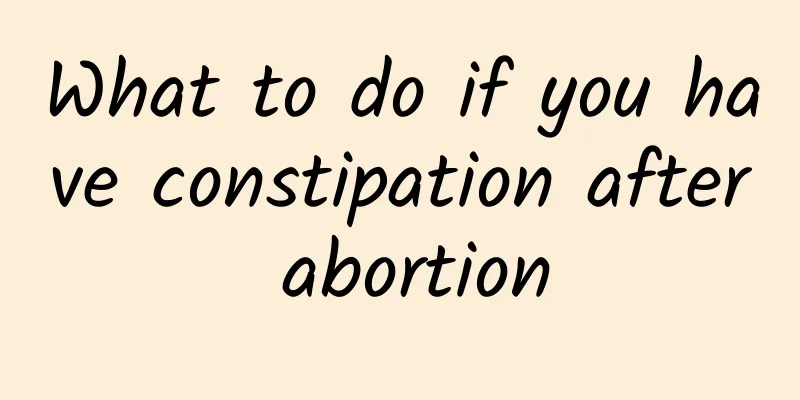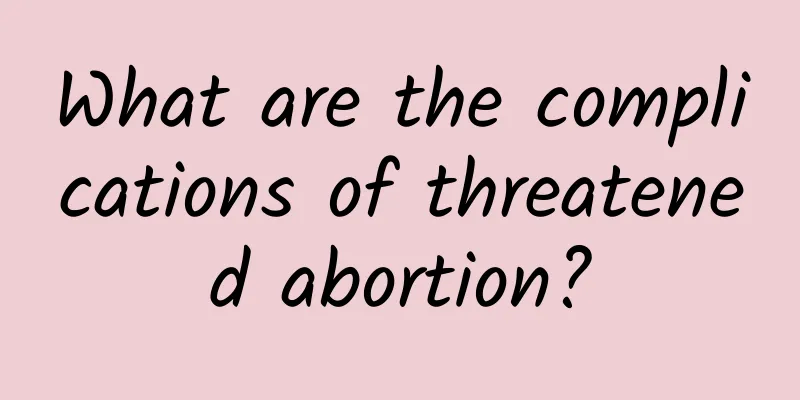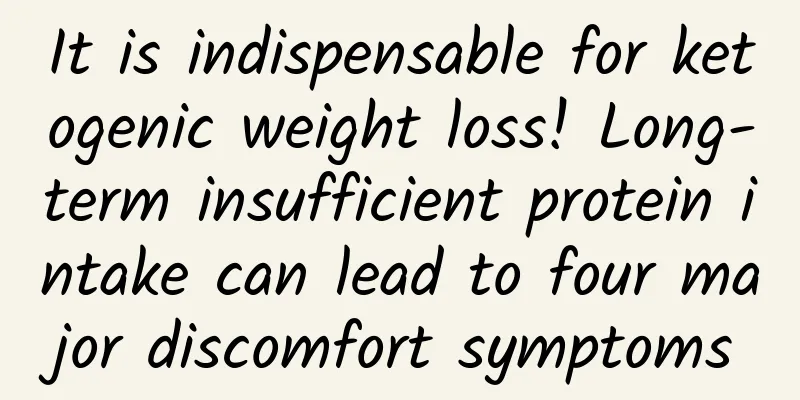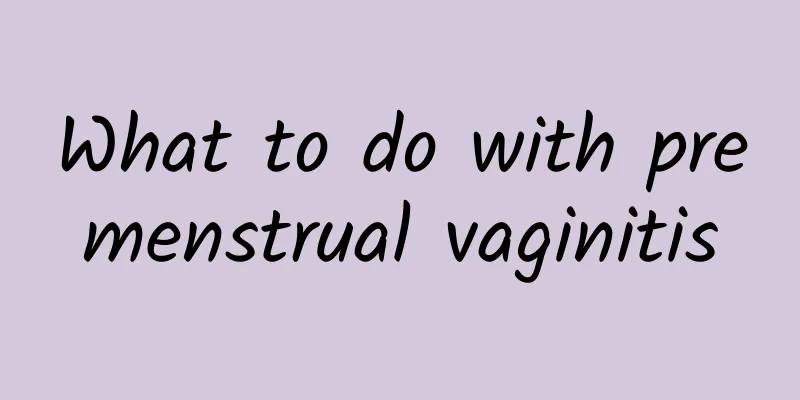It is difficult to give up starch to lose weight, the sugar-reducing rice cooker is the new savior! Famous weight loss doctor: Excessive restriction of sugar has these surprising consequences...
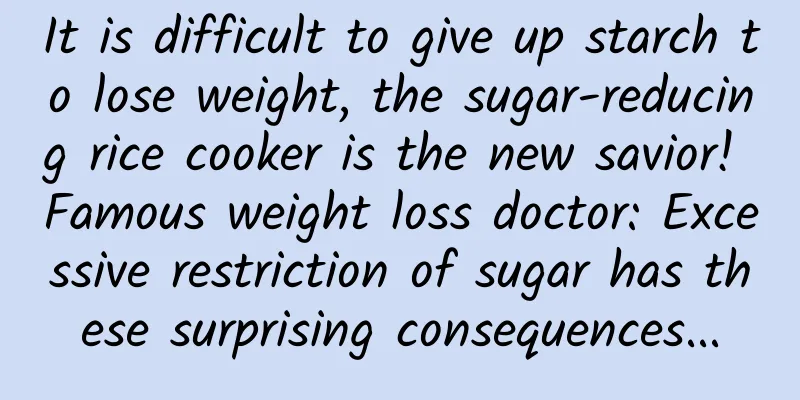
|
People who want to lose weight know that they need to reduce the intake of refined starch. Recently, the media reported that the Japanese home appliance brand THANKO has launched a new type of "sugar-reducing rice cooker", which claims to be able to reduce sugar by 35%. For people who love to eat and want to reduce sugar intake to achieve the goal of losing weight, is it really a savior? Domestic weight loss doctors say that excessive restriction of sugar intake by ordinary people may have unexpected adverse effects on health. Can you tell the difference between "sugar" and "sugar"? The Ministry of Health and Welfare recommends that you consume at least 100 grams of sugar per day Sugar, which is the general term for carbohydrates, is the source of energy for the human body. When the human body consumes calories, it metabolizes sugar first, then protein and fat. If it is not used up, it will be stored as glycogen. Carbohydrates are divided into monosaccharides (e.g. glucose, fructose), disaccharides (e.g. maltose, sucrose), oligosaccharides and polysaccharides. Monosaccharides and disaccharides are called simple sugars due to their simple molecular structure, which is generally referred to as "sugar". Therefore, they are of course also a type of carbohydrate. According to the recommendations of the Ministry of Health and Welfare, at least 100 grams of carbohydrates are needed every day, and 1 bowl of rice contains about 60 grams of carbohydrates, so girls should eat about 1.5 bowls of rice every day, and boys about 2 bowls. If it is lower than this standard, it is a low-sugar diet. When implementing a low-sugar diet for a long time, there are some precautions to avoid causing health hazards. Japan's sugar-reducing rice cooker claims to reduce sugar by 35% This "sugar-reducing rice cooker" has a low-sugar rice cooking mode, claiming to be able to reduce sugar by 35% (100g of white rice contains approximately 36.8g of sugar). Liu Bowen, executive director of the Taiwan Obesity Education and Prevention Association and a weight loss specialist, said that regardless of whether it can reduce the sugar content in rice, from a nutritional point of view, the normal and healthy source of the calories a person needs to maintain their basic metabolic rate in a day is fat: sugar: protein in a ratio of approximately 20%: 60%: 20%. 1 gram of sugar can produce about 4 calories, so if we calculate based on a 60 kg person, about 2000 calories are needed. Therefore, the sugar content is approximately: 2000x60%=1200 (calories), which is equivalent to about 300 grams of starch in grams. However, if the calories in white rice are reduced, the body's physiological functions will automatically absorb more calories from other sources to supplement its basal metabolism. This type of sugar-reducing rice cooker claims to be able to reduce sugar by 35%. Based on this conversion, 100 grams of rice can reduce approximately 12.88 grams of sugar. (Because 100 grams of rice contains about 36.8g of sugar). 12.88 grams of sugar can produce about 50 calories, which will not have a big impact on weight control. Therefore, if you want to use a sugar-reducing rice cooker as a tool for weight loss, it may not achieve the desired effect! Excessive restriction of sugar intake and calorie restriction may lead to ketoacidosis However, patients with diabetes or morbid obesity need to appropriately limit their sugar intake, which indirectly reduces the absorption of calories. Generally, if you want to implement a sugar reduction plan, the sugar reduction per day should not exceed 10% of total calories. If it exceeds too much, the body will use fat or protein to burn, which will cause the risk of ketoacidosis. Modern people pursue slimness, so they try various methods to limit calorie intake. However, if you reduce starch or sugar intake too much, you should also be careful about the risk of ketoacidosis. In addition, other health impacts include: immune system disorders, disruption of female hormone secretion, physiological area hypoxia syndrome, and low sugar disorder syndrome such as general fatigue. A sugar-restricted diet should be paired with: appropriate amounts of protein, fat, vegetables and fruits to achieve a balanced If you really want to adopt a sugar-restricted diet, how do you recommend pairing it with other foods? Dr. Liu Bowen reminds us that if you adopt a sugar-restricted diet for a short period of time, you should also combine it with an appropriate amount of protein and fat, because every gram of fat can produce 9 calories, which plays an important role in maintaining the body's basal metabolic rate. Other ingredients can also be added with beans, which can not only supplement protein but also contain rich dietary fiber, thus achieving a balanced effect. Of course, you should also supplement with enough fruits and vegetables. In addition to being rich in dietary fiber, they also contain sufficient minerals and vitamins, which are important ingredients that are indispensable when losing weight. |
Recommend
Do you know the symptoms of severe cervicitis?
Severe cervicitis is a chronic pathological proce...
Can I breastfeed after eating pelvic effusion?
Surgery, injection of drugs, medication and other...
What should I do if I continue to bleed after a miscarriage? How long will the bleeding last?
Many women will have symptoms of persistent vagin...
Several issues regarding hyperprolactinemia and pregnancy
Prolactin actually refers to a hormone secreted b...
Several methods to improve dysmenorrhea are urgent!
When it comes to dysmenorrhea, many people may su...
The King of Herbs, American Ginseng, Can Effectively Relieve Cancer Fatigue
In traditional Chinese medicine, ginseng is known...
What are the most obvious signs before menstruation?
There is no such thing as the "most obvious ...
Can Bartholinitis be transmitted from mother to child?
Bartholinitis is a common disease of the vulva. T...
What are the main harmful manifestations of pelvic inflammatory disease?
The high incidence of pelvic inflammatory disease...
Specific causes of cervical hypertrophy
Cervical hypertrophy is an inflammatory change ca...
What should women pay attention to when they have cervicitis?
What should women pay attention to when they have...
Treat winter diseases in summer and eliminate dampness and heat around the Great Heat! 3 benefits of "cool tonic in summer", eating this way can keep you healthy and cool!
Is it only in winter that we need to take supplem...
What medicines can treat uterine effusion?
Uterine effusion is a common gynecological diseas...
What are the early symptoms of ovarian cysts?
What early symptoms of ovarian cysts do you know?...
Specific manifestations of the harm of mid- and late-stage cervical erosion
Cervical erosion is the most common gynecological...
